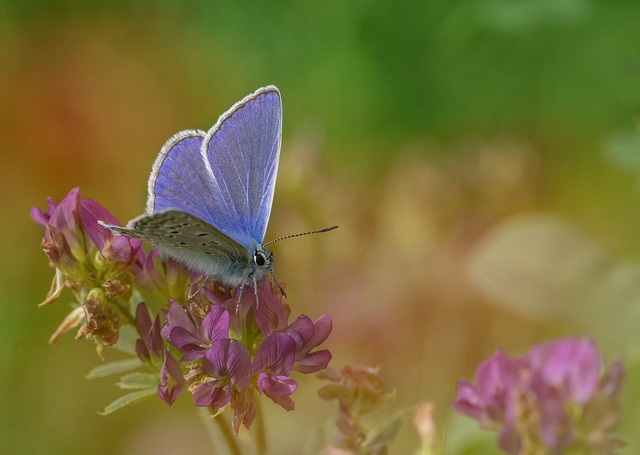
Are you frustrated by the outcome of your photographic efforts?
Pick what you want in the picture. A good photograph will be a small window that shows one view of your subject. You should avoid showing too much when taking a photograph. To create a general impression of an object, shoot a series of photos, instead of a single detail oriented photo.
Get closer to the subject for a better shot. This will help you frame your subject, and it also makes it easier to properly frame what you are photographing.
Your arms should be close against your body when you are holding the camera, and make sure your hands are on the sides and bottom. This will help to steady and reduces the number of blurred shots you take. Putting your hands beneath the lens and camera, instead of on top, prevents you from dropping your camera accidentally.
When trying to take a good photograph, keep your technique simple. You can often create a gorgeous picture without playing around with the different motion and color settings.
Framing the subject is an important thing to do in a photo is very important. Zoom in on your subject and cut out extraneous objects from the background.This method can eliminate unwanted focal points and prevent tons of clutter in your pictures.
Always be careful when packing your photography equipment for a trip. Don’t forget to keep in mind any limitations you have regarding space, and think about what you can carry for your trip.
Framing is an extremely important factor when it comes to photography. Eliminate any objects that diminish the impact of your subject by either removing them or zooming in on your main focal point. This can eliminate unwanted focal points and keep clutter in your photographs at bay.
Take photos of your souvenirs when you travel. This creative project helps to create a story behind the objects and sights from your travels.
Find a good balance between aperture, aperture and ISO. These features will influence the exposure of the photographs you take. You want to wind up with underexposed or overexposed photos unless you are aiming for that.
Choose your very best pictures if you are going to expose your work. Avoid showing too many photos, numerous photos containing the same subject. It can be boring seeing the same things multiple times. Change things up regularly, and pick some unusual shots to show.
When you have the perfect shot in view and you are ready to push the shutter, stop breathing for a moment and don’t move a muscle. Even minimal movement on your picture come out wrong.
Learn a valuable art in composition by learning that less is more with photographs. Simplicity is an art in itself, and mastering the ability to know when can transcend your photos to a new level.
When you have the perfect shot in view and you are ready to push the shutter, make sure that you hold your breath and do not move an inch. Movement will cause your photo to be blurred. Before you take that amazing picture, take care that you are neither breathing nor moving.
Play with the notion of scale, perspectives and scale.
Use limitation to help yourself focus in on a subject and be more creative One way is to limit your shots for a whole day to subjects that reflect one specific theme or idea.Try to take at least 100 different photographs from the same point or in the same room. Working withing these limitations will spur you to think creatively and take more experimental photos.
The process of taking excellent pictures is no mystery. You will improve as you experiment. With digital technology, you can fire away and not feel pressured to retain images that you do not like. Your proficiency will improve as you analyze your shots to see what you could have done differently if you could take the picture again.
When you are traveling, look around to decide the best shots to take. To find some help in choosing your starting point, head to the nearest postcard rack. Postcards have landscape pictures of different attractions that you can include in your own photos.
Natural lighting is a major role in your photographs so take note of what is happening.If the sun is too high, you will have a hard time getting rid of shadows, and the person you are taking a picture of will probably end up squinting because of the strong sunlight.
Try to change the white balance when you are taking pictures indoors in fluorescent lighting. It’s all about lighting and color tones, so be very aware of how fluorescent bulbs can negatively affect your images.
Shoot quickly when you take pictures. The ultimate shot may last a short period of time, so be prepared. You can easily miss a special moment in time when animals get antsy, and the perfect moment is then lost forever. Don’t worry about correctly using every setting on the settings if it means risking losing a good shot.
Photography requires talent and education. This article can help any new photographer get started on their way to taking impressive photographs.
A lot of the time you will have the main subject looking right at the camera. Get your subject to look at something to the right or left of the camera for a unique picture. Also, you can try having them focus on something that is in the frame, but still not looking at the camera.